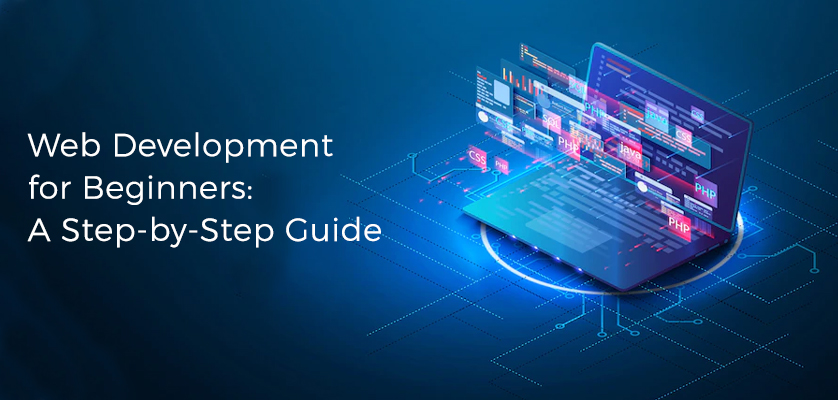Web development, welcome to this exciting world! If you’re a beginner looking to learn how to create websites, you’ve come to the right place. In this step-by-step guide, we’ll take you through the basics of web development, from understanding the foundational technologies to building your first web page. You’ll learn how to structure and style your content with HTML and CSS, as well as how to add interactivity and functionality with JavaScript. By the end of this guide, you’ll have the skills and knowledge you need to start building your own websites. So grab your system and let’s get started!
Step 1: Choose A Programming Language
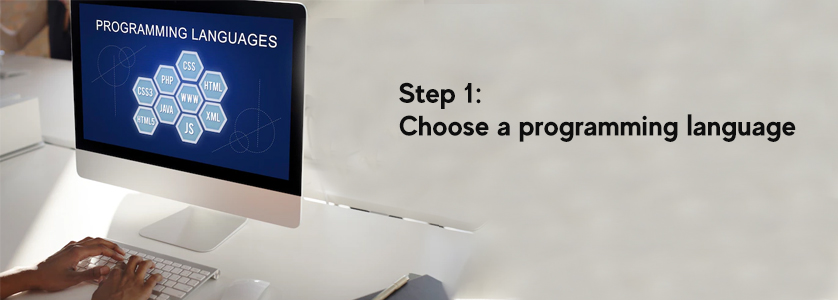
The first step in web development is choosing a programming language. Some popular options include HTML, JavaScript, and CSS. HTML (HyperText Markup Language) is used to structure the content of a website, while CSS (Cascading Style Sheets) is used to style the website’s layout and design. JavaScript is a programming language that allows you to add interactive elements to a website, like drop-down menus and image sliders.
Step 2: Set Up A Development Environment
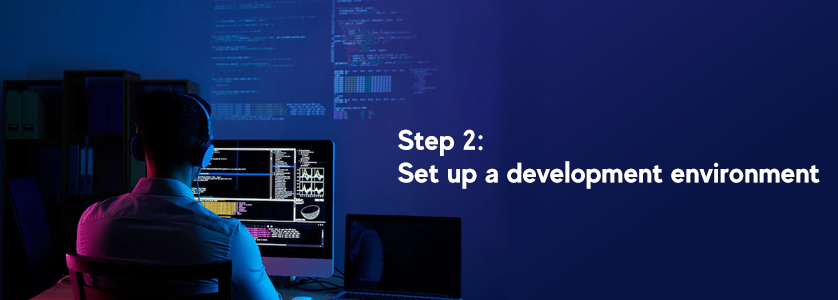
Next, you’ll need to set up a development environment on your computer. This typically involves installing a code editor (like Sublime Text or Atom) and any necessary software dependencies. If you’re just starting out, it’s often helpful to use a pre-configured development environment, like a virtual machine or a cloud-based development platform.
Step 3: Learn HTML and CSS
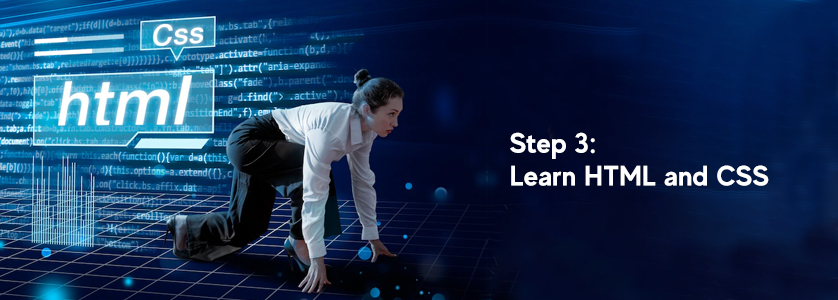
Now it’s time to start learning some actual code! Start by learning the basics of HTML and CSS. HTML allows you to structure the content of a website, while CSS controls the website’s layout and design. There are plenty of online tutorials and resources available to help you get started with these languages.
Step 4: Explore Frameworks And Libraries
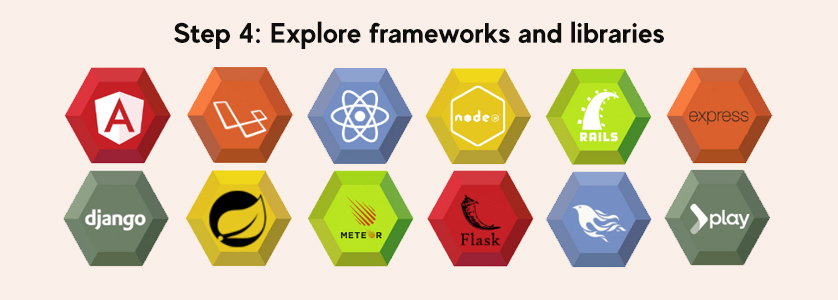
Once you’ve learned the basics of HTML and CSS, you might want to consider using a framework or library to streamline your workflow. Frameworks provide a pre-built structure for your website, while libraries offer reusable code blocks that you can incorporate into your own projects. Some popular options include Bootstrap, jQuery, and AngularJS.
Step 5: Practice, Practice, Practice
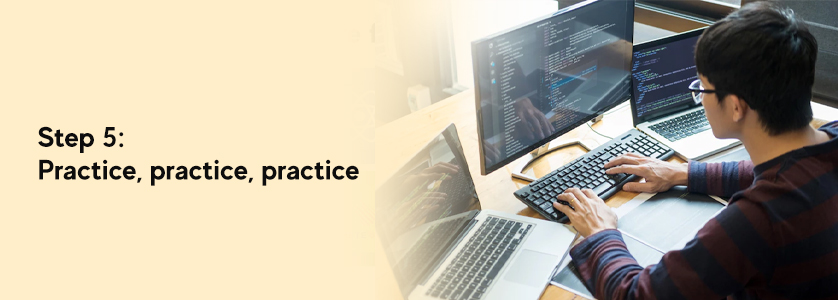
The best way to improve your web development skills is to practice! Try building your own website from scratch, or work on small projects to get a feel for the development process. As you gain more experience, you can start working on more complex projects.
Step 6: Learn About Web Servers And Deployment
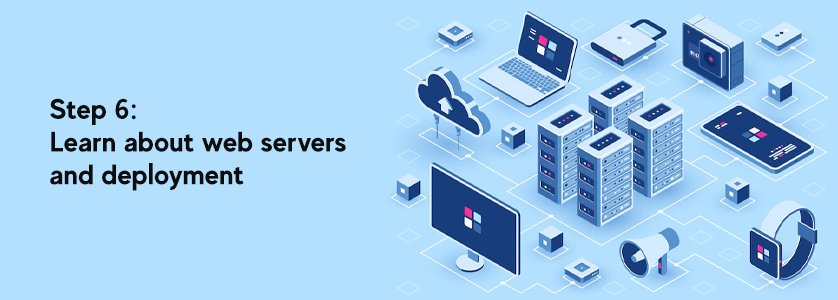
At some point, you’ll want to share your website with the world. To do this, you’ll need to learn about web servers and deployment. A web server is a piece of software that listens for requests from the internet and serves up web pages in response. There are many different web servers available, and you’ll need to choose one that meets your needs.
Step 7: Stay Up-To-Date With New Technologies And Best Practices
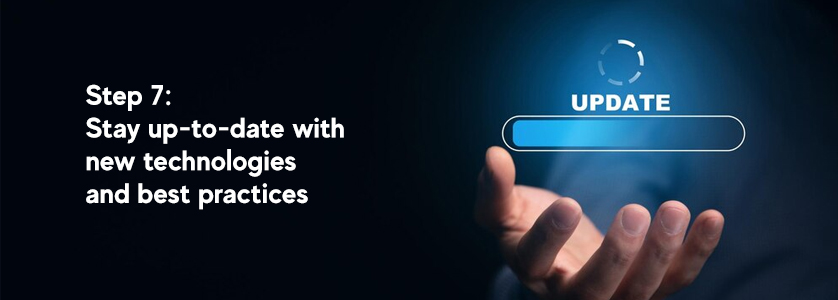
Web development is a rapidly evolving field, so it’s important to stay up-to-date with new technologies and best practices. This might involve reading blogs, attending conferences, or taking online courses.
Step 8: Join A Community Of Fellow Developers
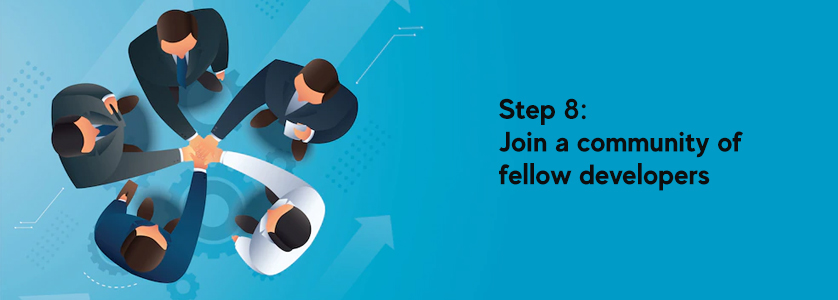
One of the best ways to learn and grow as a web developer is to connect with other developers. There are many online communities and forums where you can ask questions, share your work, and get feedback from your peers.
Step 9: Work On Real-World Projects
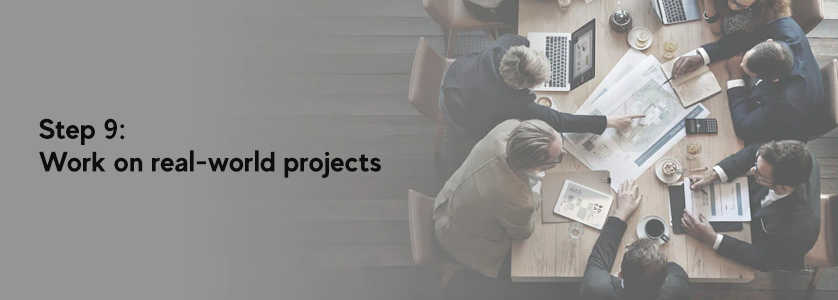
As you gain more experience, consider working on real-world projects for clients or your own business. This will give you a chance to apply your skills in a professional setting and build a portfolio of your work.
Step 10: Consider Getting A Formal Education Or Certification
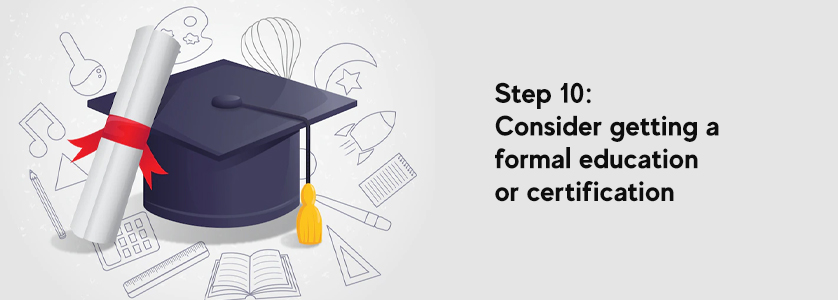
If you’re interested in pursuing a career in web development, you might want to consider getting a formal education or certification. There are many universities and online schools that offer web development programs, and earning a degree or certificate can help you stand out in the job market.
Conclusion
Here’s the end of this blog and the beginning of your web development career. You should now have a solid foundation in the foundational technologies of the web, including HTML, CSS, and JavaScript. You’ve learned how to structure and style your content, as well as how to add interactivity and functionality to your websites. So don’t stop here keep learning, keep practicing, and keep building amazing things on the web.

